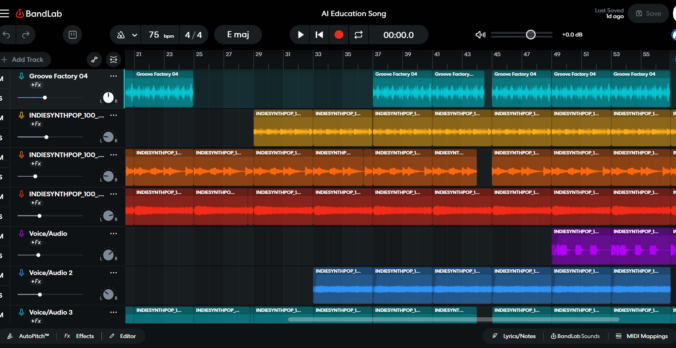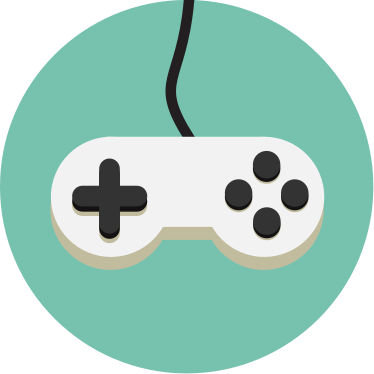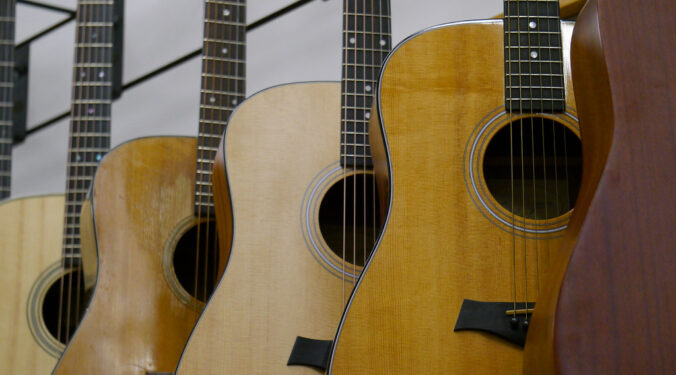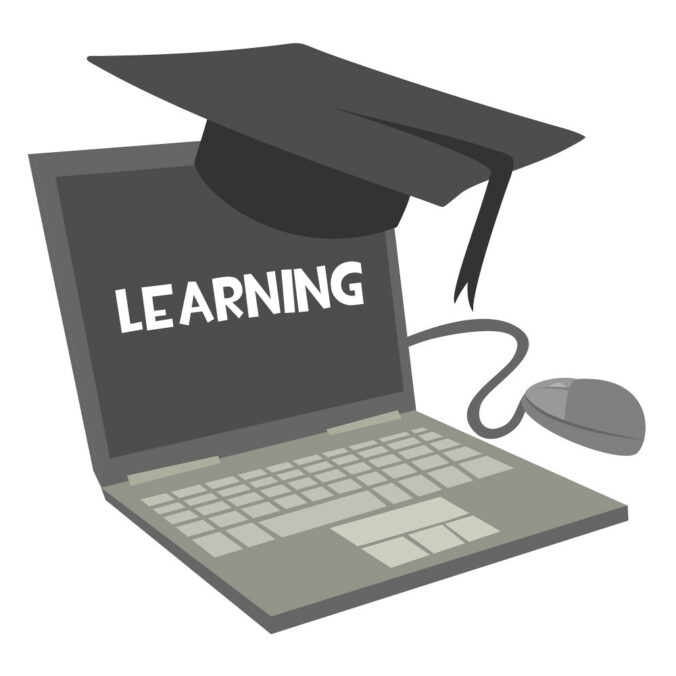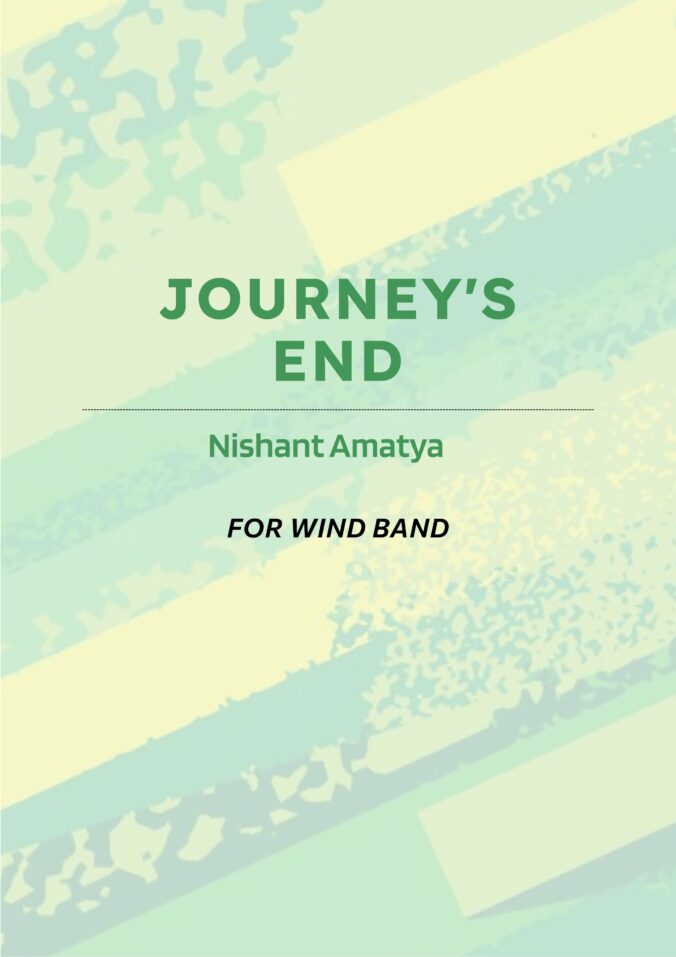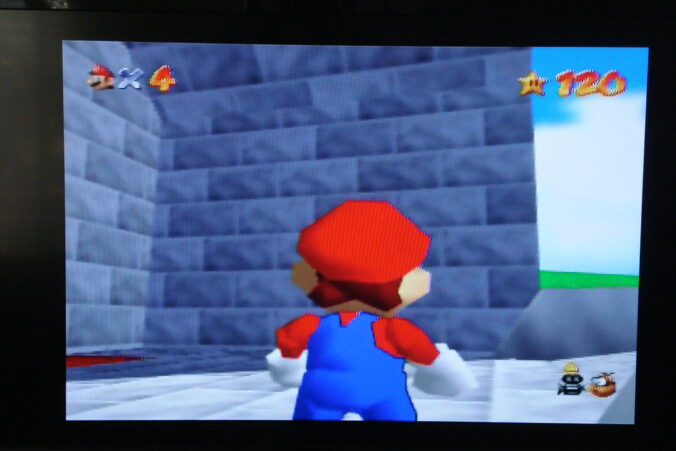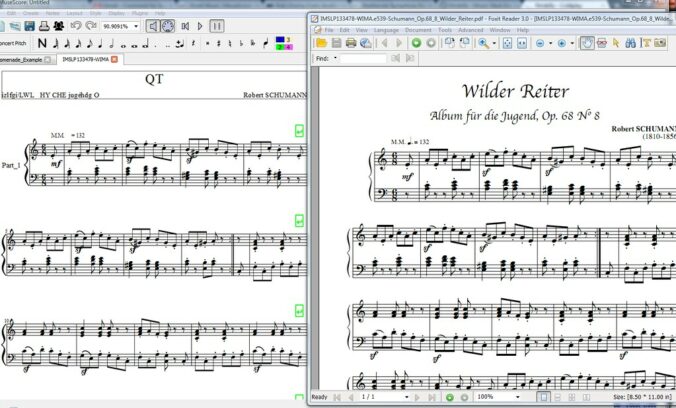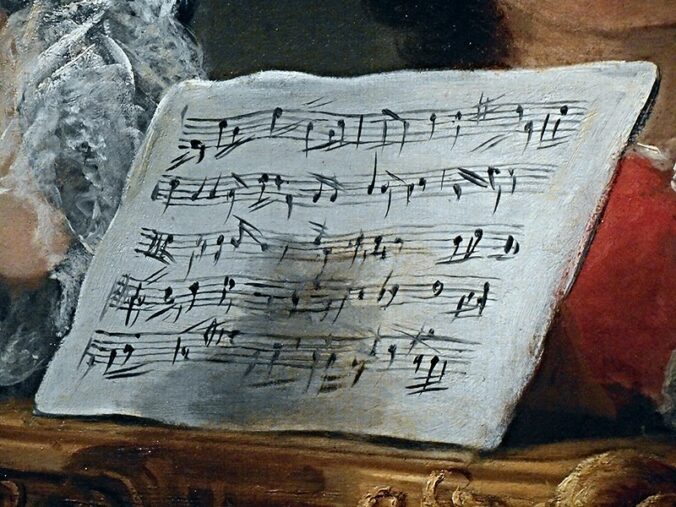Yo we in the future, AI in Education!!
I had an absolute blast experimenting with BandLab in order to create our AI in Education song. I think for me, it’s obviously a software that I could incorporate in an exploratory music or composition/production class. Though it definitely has its limits (tracks, memory), I think for students to be able to easily access royalty-free samples and beats is a big benefit. It’s also quite easy to learn to work with, as there’s a tutorial built into it. The samples also automatically pitch to the key you’re working in and adjust to the tempo as well, so it’s very easy to create something quickly and build on it. The collaborative element is also a huge pro and allows for students to easily create and work on musical projects together. It was very easy for our group to add things and work on this together. Nathan and I recorded most of the song, whereas the rest of the group added adlibs, recorded footage for the video, and created the slides. Overall, I’d say there was a fairly even team effort to it, and I would love for my future students to be able to create a song and perhaps even their own music video as well! The image I used for this post features a short glimpse at our project, though you can’t see all of the tracks we used; hopefully though, it’s easy to see that a lot of it just lines up pretty neatly and the UI is pretty user-friendly. I’ve linked the music video we created in the end below!
